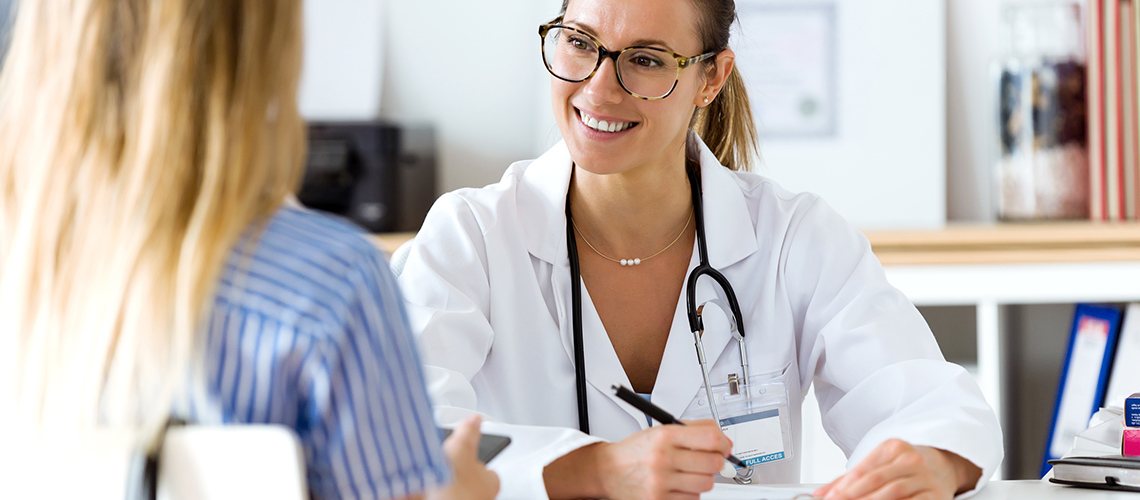Diagnosis and treatment of fungal infections
Classic diagnostics
Classic diagnostics of fungal infections encompass microscopy and fungal culture. With microscopy, the sample is observed at high magnification to see whether it contains fungal components. If a fungal culture is used for analysis, the sample material is placed on a special culture medium and left for up to 6 weeks. If fungi grow within this period, they are differentiated based on criteria such as growth, appearance and colour. This differentiation and subsequent evaluation of the culture after some waiting time allows conclusions to be drawn on the species of pathogen. However, this diagnostic method requires much experience and a trained eye. Small amounts of pathogen material in the sample or a treatment already started, e.g. using antifungal nail varnish, may limit the growth of the fungus or change it so that the correct classification is hindered.
New and fast pathogen-specific fungal diagnostics
The novel pathogen-specific fungal detection system EUROArray Dermatomycosis is a molecular biological procedure which enables differentiation of dermatomycosis-causing pathogens by means of their genetic material.
The advantage of the EUROArray test compared to classical diagnostics is that results are available within few days and therapy can be started promptly. Due to the sensitive analysis, even the smallest amounts of pathogens can be reliably detected, which reduces the number of false negative results (no pathogen is detected even though small amounts are present in the tissue). Moreover, the specific test enables precise identification of the pathogen or pathogens (in the case of a mixed infection).
Pathogen-specific detection also allows information on the infection source or the vector to be obtained. For example, if the vector is an animal, it should also be treated in order to prevent reinfection. Some fungal pathogens are also highly contagious and spread very quickly. Therefore, it is also important to disinfect contaminated material (e.g. gymnastic mats, carpets, etc.) promptly in order to prevent further infections and achieved the best possible therapeutic success.
Fungal detection using the novel EUROArray Dermatomycosis provides a pathogen-specific result in far less time than classic diagnostics and can also provide information on possible infection sources. A combination of classic detection methods and the EUROArray Dermatomycosis is therefore sensible in order to promptly start a targeted therapy.
Treatment
Fungal infections can be treated with different methods. In the case of infections of smaller areas of skin or nails, cremes and nail varnishes can be used. These are applied directly to the affected area. Is there is an ongoing or severe infection, drug treatment is recommendend, e.g. with tablets.
Treatment of fungal infections often takes much time and can stretch over weeks or months. Therefore, a doctor should be consulted at an early disease stage in order to promptly start a suitable therapy.
Therapy monitoring
Following therapy, it can be useful to perform another analysis for remaining fungal components, e.g. using the EUROArray Dermatomycosis. Such therapy monitoring helps to check whether the treatment has already been successful, even though symptoms may still be present, or whether the treatment must be continued even if the symptoms of fungal infection have already almost entirely abated
